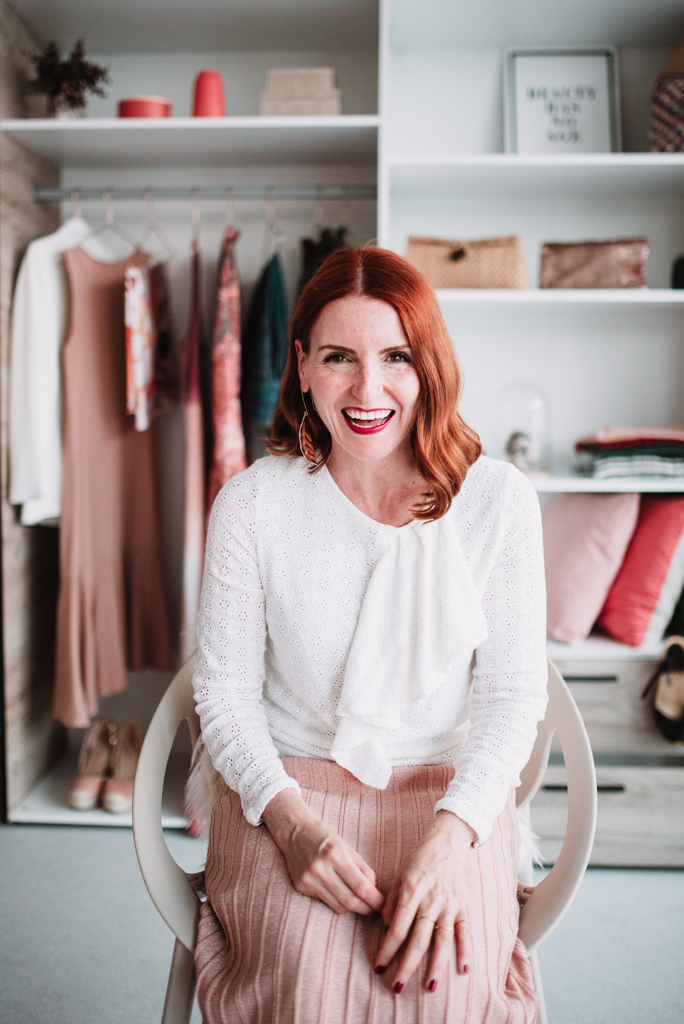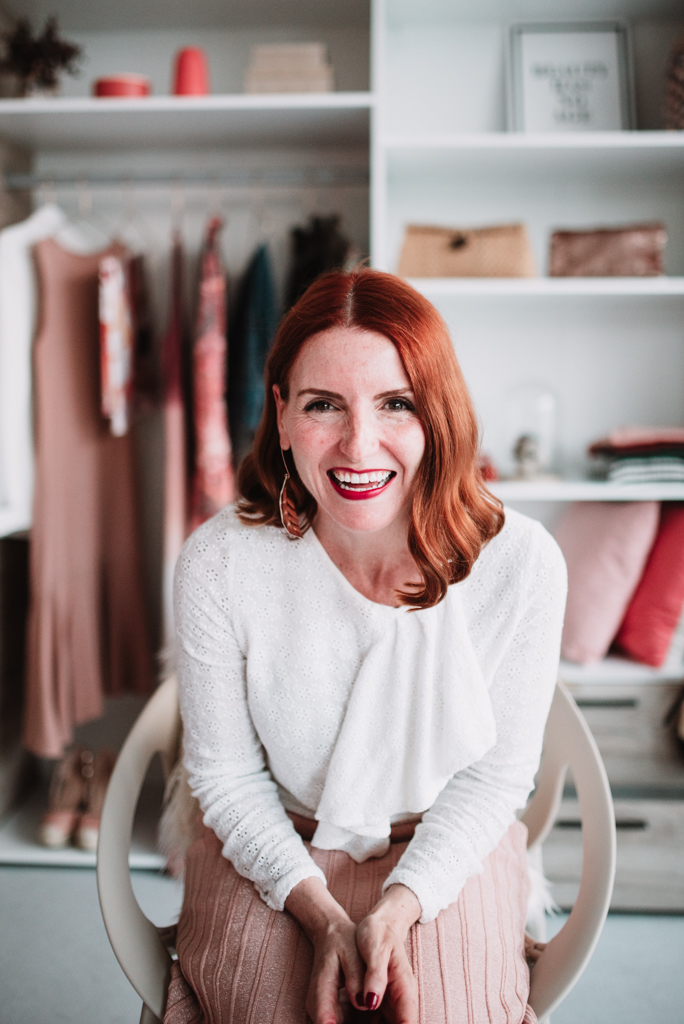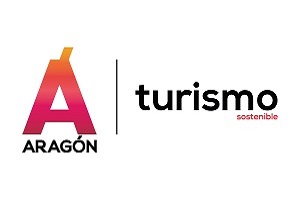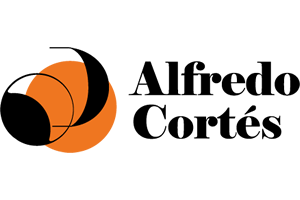After spending three continents in the fashion world as a stylist and retail consultant for major brands such as Carolina Herrera, Hermès and Zara, Pau Amoretti from Zaragoza has become a digital stylist and has created the Style Therapy Method. She now works with image as a tool for personal growth.
How did you begin to dedicate yourself to the world of fashion?
I was born in Zaragoza, but when I was 9 months old I moved to Galicia and that’s where I spent my childhood. I studied law in Zaragoza, although my passion was fashion. At that time, studying fashion was not a reality and I went to Madrid to work as a saleswoman. There I was part of the opening team of the first Carolina Herrera shop in Spain, at 78 Serrano Street, and at the same time I was called by Hermès. I got to know the luxury sector, personalised products?
Why did you decide to leave Spain?
I went to New York as a newlywed to live with a foreign trade scholarship from my husband. I spent the first year without a visa, learning English and making a living. I opened the Zara shop on 5th Avenue in New York with a great team, where I started as Assistant Store Manager and after six months they made me shop manager. I went on to the Soho shop as Store Manager and then I spent a couple of months at Zara in Las Vegas. Before that we had already decided that we were going to go to China. More or less in 2005, before we left, I wanted to fulfil one of my dreams, to get certified in something that didn’t exist in Spain, Image Consulting and Fashion Merchandising, Image Consulting and Image Consulting by the Fashion Institute of Technology (FIT), the fashion university of reference in New York.
Is this what you do in China?
When I moved to China, I started working as a freelance fashion consultant. What I had always done naturally, I started to do professionally, recommending people how to work on their image, and that’s how I developed as a stylist.
You have also been a retail consultant.
With my work experience in a shop in the US, I worked on the whole customer experience. At that time there was no digitalisation as there is now, but the big brands were already busy making sure that the product reached the customer in the best possible way in terms of experience and satisfaction. With that experience I went to live in China, to Nanjing, a city of 8 million inhabitants, where I lived for seven years and worked as a fashion consultant and customer experience consultant. There I also raise my two children, the youngest one is adopted in China. During this time, my husband and I also visit trade fairs in Asia, because his work focuses on decoration and furniture.
Where does the journey continue?
After seven years, we moved to Mexico. There I work as a retail consultant with a Spanish consultancy firm that is dedicated to reformulating retail concepts within hotel structures.
 Why did you decide to return to Zaragoza?
Why did you decide to return to Zaragoza?
It was six years ago. I came back because my father was very ill and I wanted to be by his side and take care of him. Also because my children needed roots. I have a theory that you can go around the world when you know where you come from. When you know your roots, you can fly. I wanted my children to be citizens of the world just as we had been citizens of the world. They speak English, Mandarin, they know different cultures… but they lacked that part of family, of sandwiches at the school gate, of potato omelettes and afternoons with grandparents and cousins.
After all this time away, have you discovered a change in fashion training in Zaragoza?
When I left there was no training in fashion, there was design, but nothing else. Now it has diversified and become institutionalised. I’m a teacher at the Hacer Creativo school, I teach Styling and Communication. Now there is training in both the public and private spheres. One of the things that honours me most about coming back is being able to be part of and apply my international experience to training and support a local initiative like this.
Did you find it difficult to return to Zaragoza with a profile like yours?
When you have an exotic profile, with a lot of international baggage, it turns out that on arrival you have to return to the patterns that have been and continue to be those of the order that inhabits the Zaragoza lifestyle. From what I wanted, which was to work in purchasing companies, I found it difficult.
Do we have a very specific style in Aragon, and are there common denominators or ways?
In Spain we have Inditex, for better or for worse, and also other companies that are real fashion holding companies. The European culture of beauty, dress and style is intrinsic. When I lived abroad, people used to tell me that I was very European and they said it as a compliment. It’s that touch that we give it. I have known global fashion on three continents and I do believe that all this globalisation is currently leading us to localisation, to niche brands and to the local market. In Aragon and in Zaragoza, great initiatives are being carried out at the moment, such as the Aguja Goyesca or the Ciclo Confluencias de Hacer Creativo. Anything that supports what is ours is important. I am honoured to support what is of the land and yes, there has been an important evolution.
 How have you reinvented yourself after the pandemic?
How have you reinvented yourself after the pandemic?
I realised in the middle of the pandemic that, in terms of image, women, above all, didn’t know how to dress to be at home. And I realised that we dress for the outside, for where we are going, for others and for ourselves. If you wear pyjamas or tracksuits and you wear them out of choice, I defend it, but when you do it out of desperation, when you don’t know what to wear, it’s a wake-up call that something in your wardrobe is not working. There was a communication channel that was being created in which I had a place. I work with image as a tool for personal growth and during the confinement I asked if anyone needed me, I invented the concept of Style Therapy. For a few days I launched an option to contact me via Zoom so that they could tell me what was going on with them and I could give them tools. I had a full house!
What conclusion did you come to?
I realised that image is important. Working on your image is not for rich people, celebrities or influencers, it’s for everyone. When a tap breaks down, you call a plumber, but when your wardrobe doesn’t work, what do you do? Buy more clothes, do a Marie Kondo or call your friend… But why not call a stylist? In the world of style there are only two types of women, those who do it and those who don’t. That’s why I locked myself away, redesigned my tools in digital format and created a method in ten steps, four one-hour sessions in digital format and I called it the Style Therapy Method. I work with physiognomy, with colourimetry from an emotional approach, the scenarios and styles of your life, putting your style into words, working with filters on your wardrobe… Through a questionnaire and the sessions I help you to work on your image. Some people show me their wardrobe and others do not. The amazing thing about the method is that I don’t need to see the wardrobes to know what happens to someone and the click they need to make their image work at 200%.
 How many clients have already completed the method?
How many clients have already completed the method?
In less than a year more than 130 people have completed the method. I started with a range of women from 35 to 55 years old, and my surprise has been that now I have clients from 15 to 70 years old. I work on something very interesting, which is intention. When you don’t work your wardrobe well, you buy out of emotion and intention. What I share with my tools is to learn to buy with that intention, and I apply that criteria to help you find your style or reconnect with it.
How should we do it?
I advocate that to make brutal looks you need 3 minutes. The first one to think about how you are and how you feel; the second one, to see what scenario you are going to wear, if you are going to be in front of the public, if you are going to telework, if you are going to spend time with your family or friends; and the third one, what is your intention, that is, what you want to say. I work with image as a tool for personal growth because I meet women and men who want to tell something and don’t know how, they get stuck.
“IN THE WORLD OF STYLE THERE ARE ONLY TWO TYPES OF WOMEN, THOSE WHO WORK HARD AND THOSE WHO DON’T”.
Now that you’re back in Zaragoza, can you recommend a good restaurant to eat in Zaragoza?
I like Garbo and Ginger Fizz in Zaragoza, but as the outsider that I am, when new places open I always go there. I love Oriental and Mexican, so I also love Bokoto and Distrito Mexico.
What is your favourite cultural plan?
As a modern person I love to see museums, they are places where I get inspired. It’s one of the first things I do when I visit cities and they are places where I don’t need to go in company. I love the IAACC Pablo Serrano in Zaragoza.
A weekend getaway in Aragon
To the Pyrenees. I always run to the mountains, it’s my refuge. And the higher the better.
An Aragonese company that you value?
Rey Corporación, my husband’s family business.
An Aragonese person you idolise
Talking about fashion and the Aguja Goyesca, I’ll stick with Goya, who represents us and who, in the form of the Aguja Goyesca, has remained in this world to which I dedicate myself.














